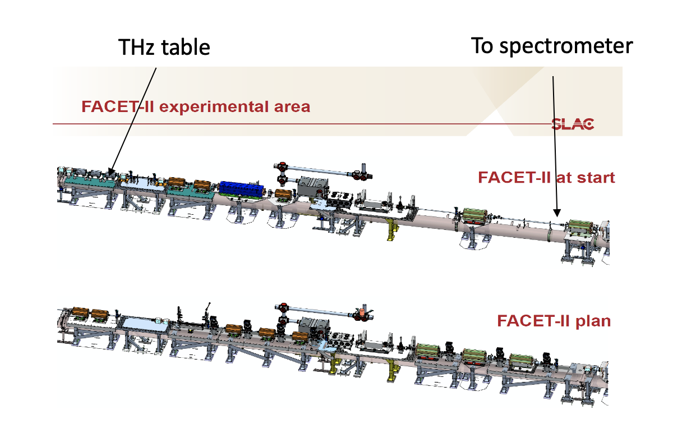Monika Yadav presented at the American Physical Society meeting

Monika Yadav joined the LIV.DAT CDT in October 2018 where she spent a year in Liverpool before moving to Los Angeles in September 2019 for two years as part to of her PhD. Here, at the University of California, Los Angeles (UCLA) she continued working on her research project titled ‘Betatron Radiation from Underdense Plasma’. Last month she presented an update on her work at a meeting of the American Physical Society.
On 20 April Monika gave a talk on ‘The efficient outcoupling of terahertz radiation from relativistic beam driven dielectric lined waveguides’ at the 2021 APS April meeting (16-20 April) which was themed: ‘Advancing Science in a Global and Inclusive Community’. Monika, together with fellow students Claire Hansel and Pratik Mawani at UCLA, had submitted three presentations. As is currently common, a virtual conference was held instead of the in-person APS meeting.
In Monika’s talk, she explained how wakefields in dielectric structures are a useful tool for beam diagnostics and beam manipulation with applications including acceleration, shaping, and chirping of beams as well as THz radiation generation. She discussed the usefulness of the produced THz radiation for diagnosing the fields produced during the DWA interaction. In order to do this however it is necessary to effectively out-couple this radiation to free space for transport to diagnostics such as a bolometer or interferometer. To this end, we performed simulations using CST Studio for a 10 GeV beam with FACET-II parameters in a slab-symmetric, dielectric waveguide. Various termination geometries were studied. Detailed studies were conducted on a variety of dielectric materials including quartz, diamond, and silicon. Multiple modes were excited and coherent Cherenkov radiation (CCR) was computationally generated for both symmetric and asymmetric beams. Monika concluded her talk by discussing different radiation capturing waveguides.
Monika moved to California in September 2019 and planned to lead and actively participate in the experiments for the betatron project, giving her a more realistic approach to her research. This all changed in March 2020 when the pandemic started. Since then, she has mainly been working from home focussing on simulation studies for betatron radiation diagnostics and developing radiation models using Liénard-Wiechert and particle tracking code. She is also working on a jet nozzle design for an X-ray laser oscillator for the Stanford Linear Accelerator Center (SLAC).
(Image credit: V. Yakimenko, FACET II Science workshop 2019)